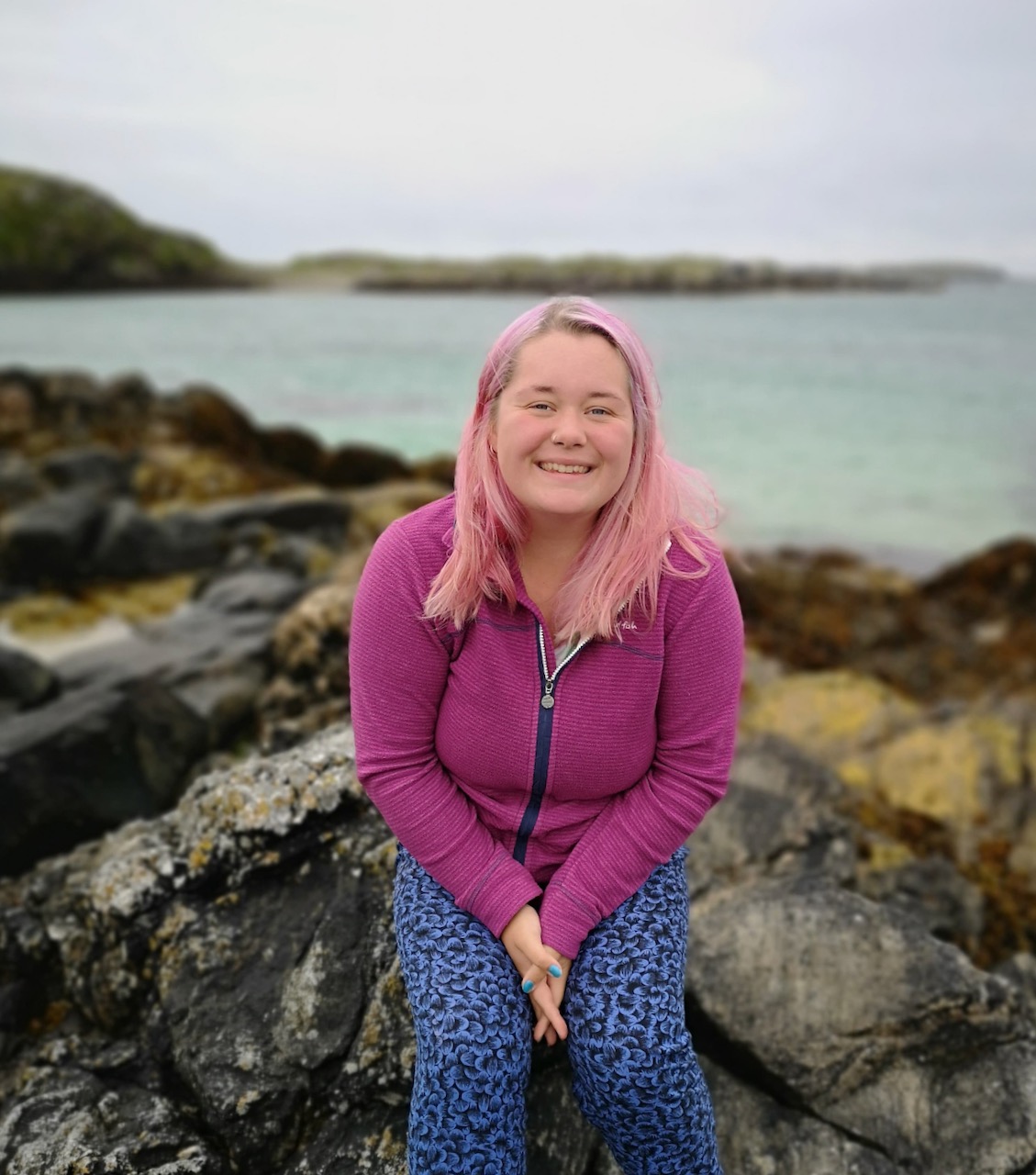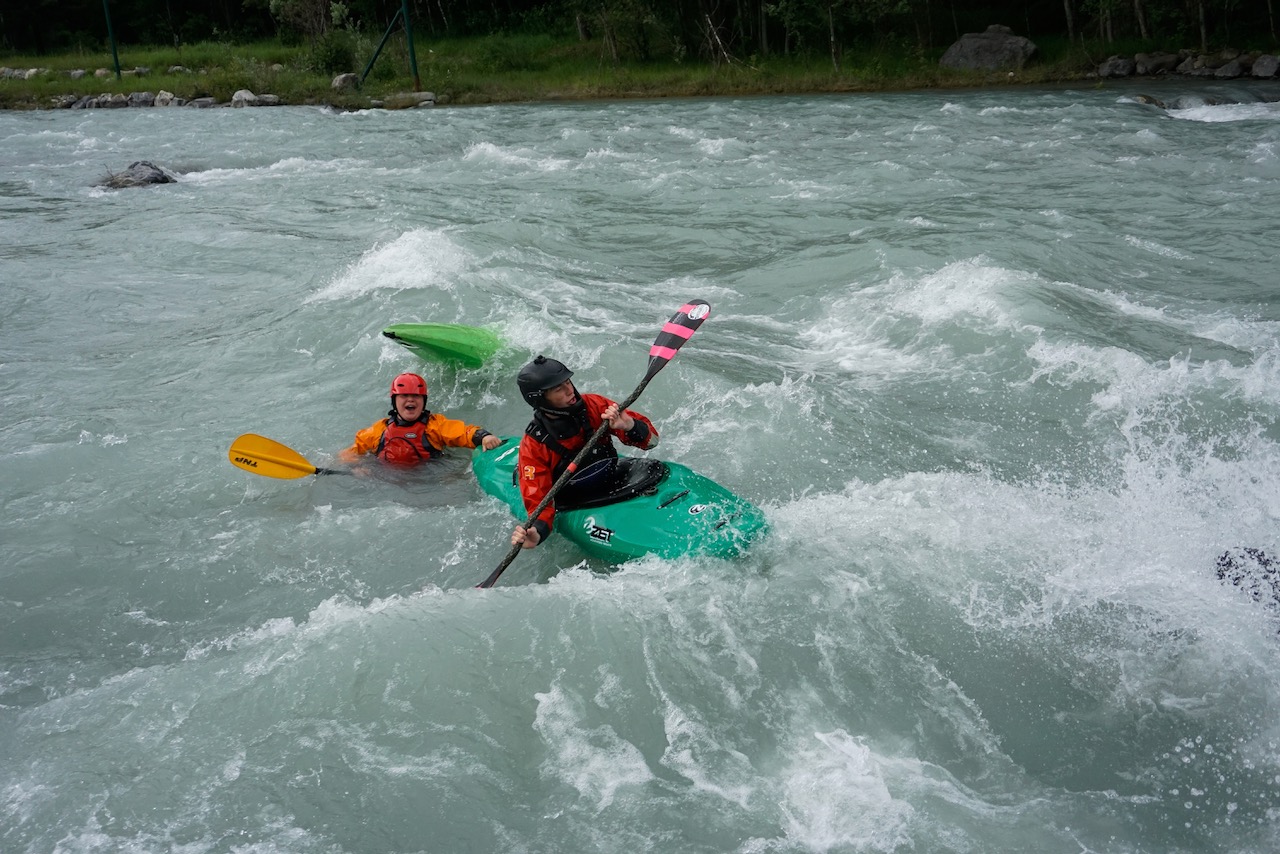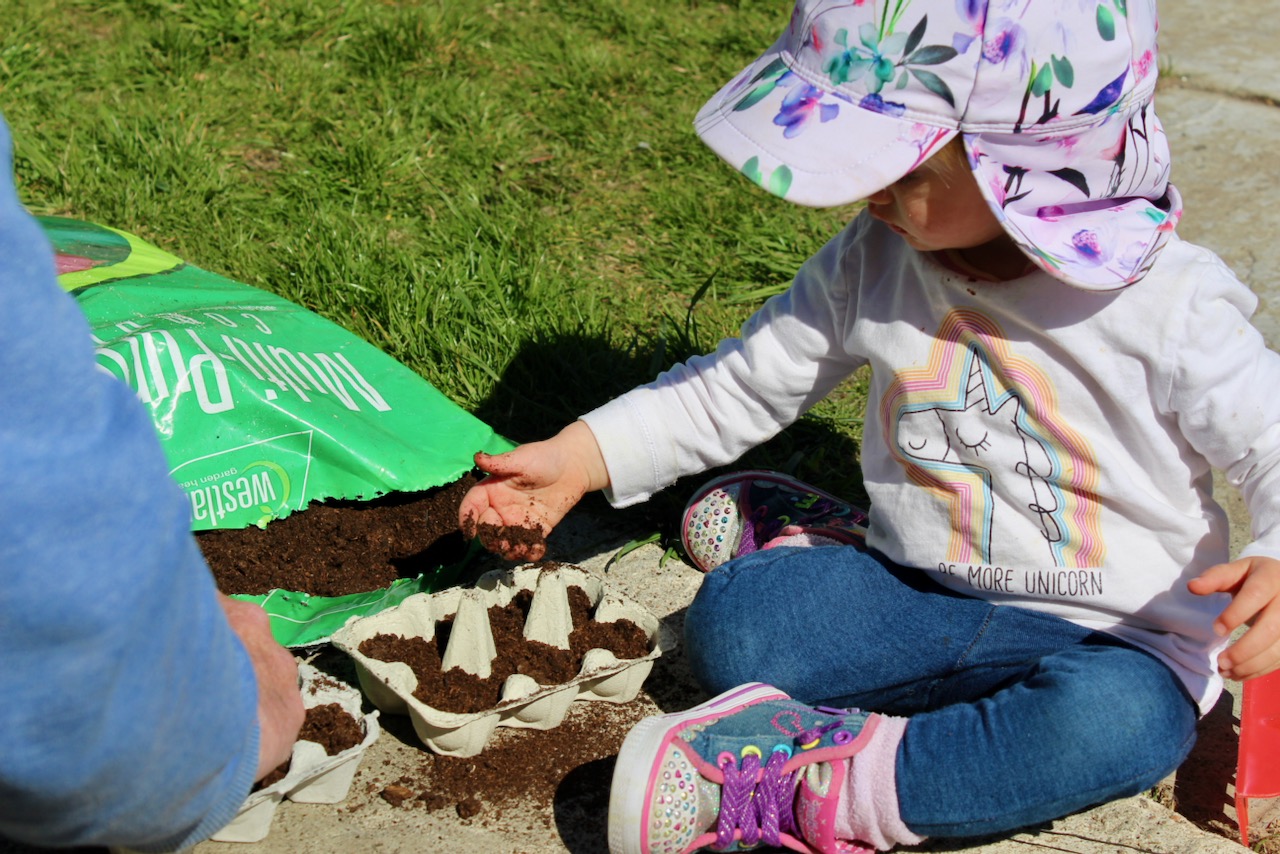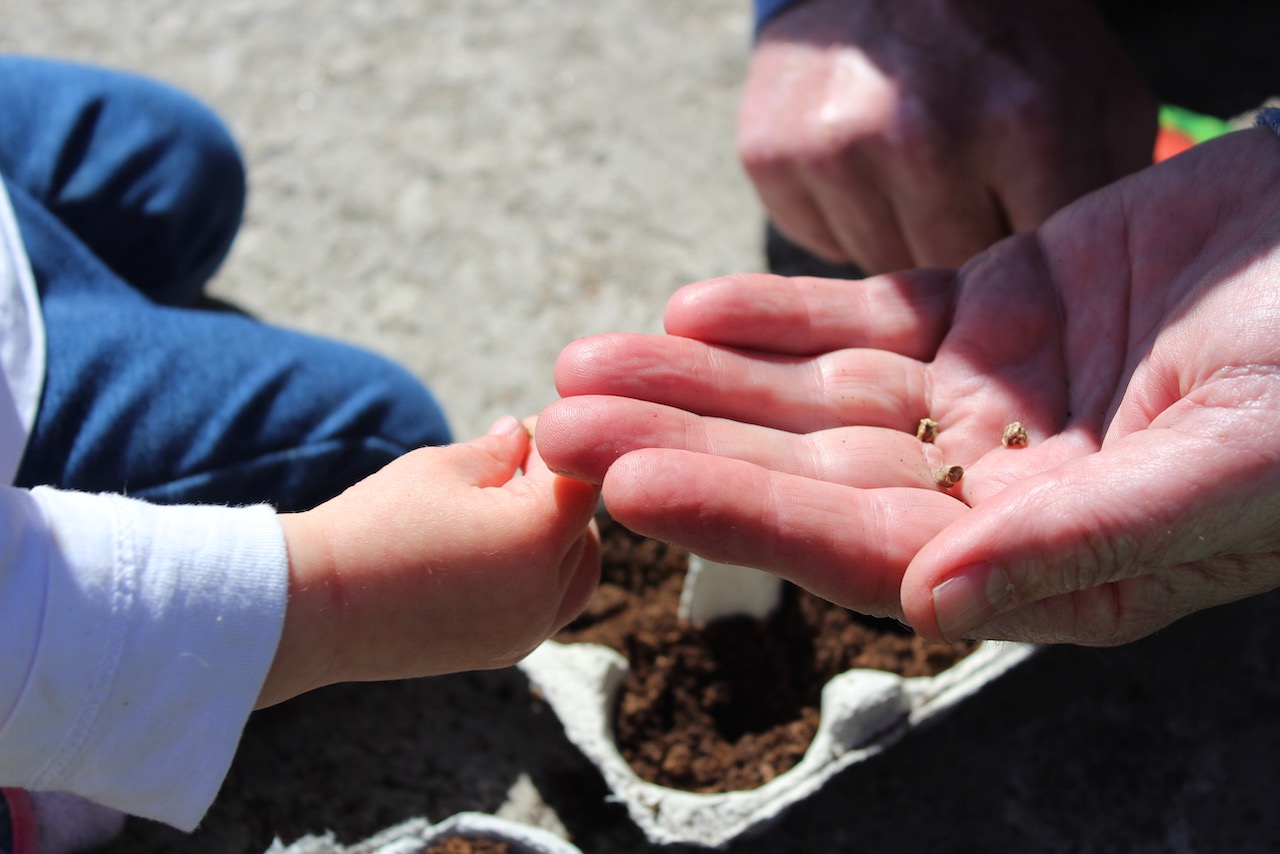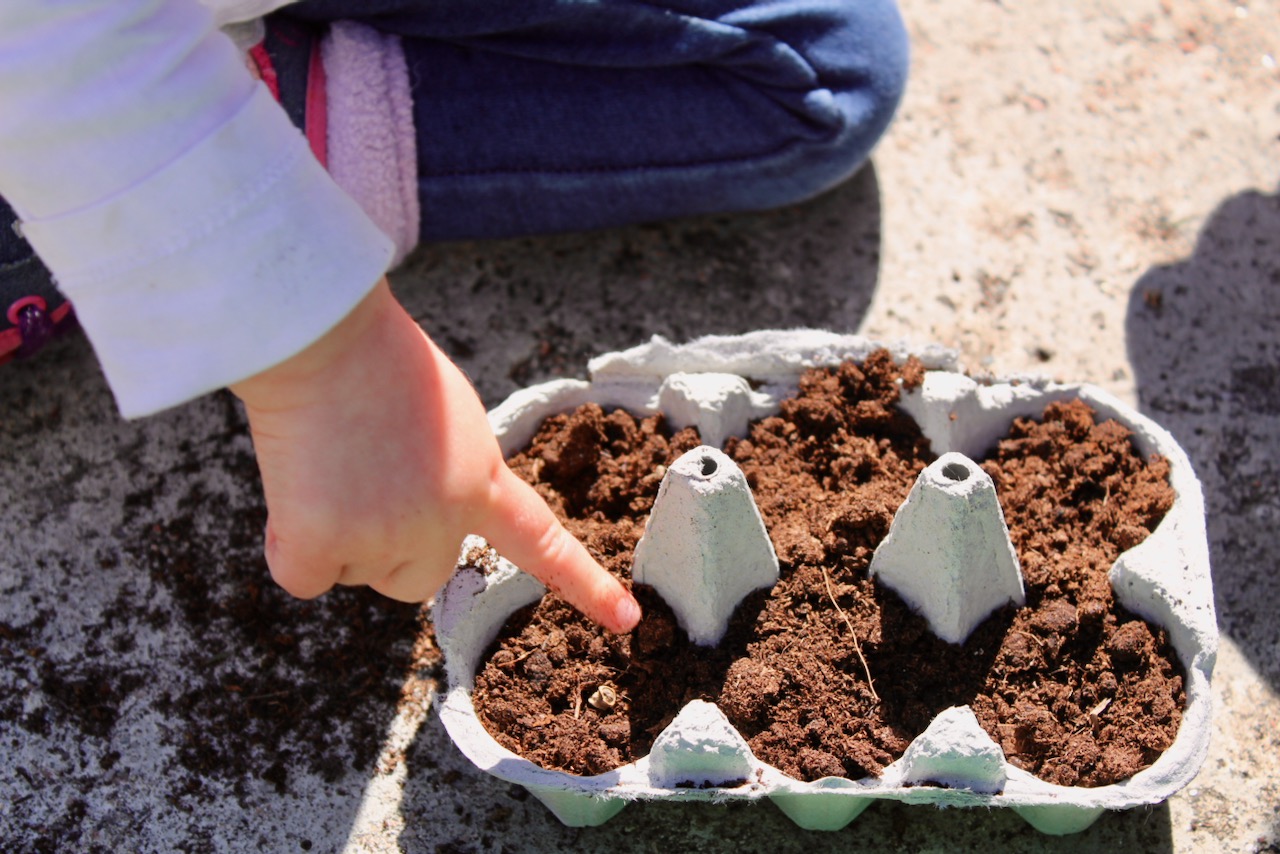With regulations prohibiting wild camping in Scotland, getting our Duke of Edinburgh groups out on their expeditions wasn’t feasible at the start of the summer. However the easing of some lockdown rules meant that we were allowed to get out and camp from the 15th of July onwards. With wild camping now being allowed, we were able to get one of our DofE groups out for their Silver Qualifying expedition on Wednesday 15th July.
Although we were allowed out, there were specific hygiene measures we had to have in place in order to make the expedition happen. Each group member had their own hand-sanitiser handy, some sort of soap, and a face covering which was easy to grab if necessary. Both areas where we camped were accessible by vehicle which meant that handwashing stations were easily facilitated. Dail mòr, where we camped the first night, had open toilets with running water which made washing things like stoves and hands very easy. The second night, in Shawbost, there was a handwashing station set up using a big container which had a tap to allow access to running water.
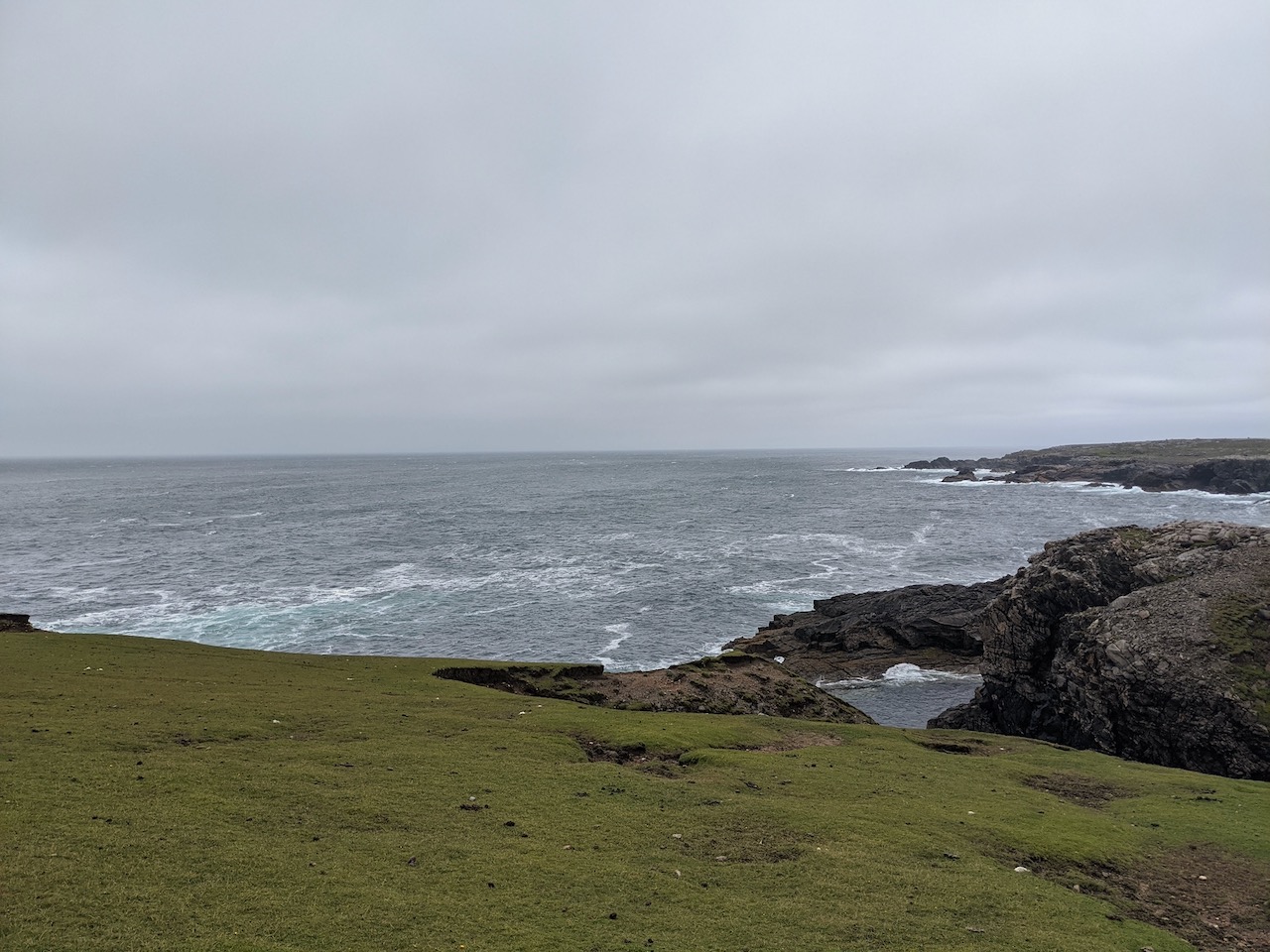
Social distancing measures meant that we had to change the way we shared out the kit. Where previously there would have been two or three people sharing a tent and stove, it now had to be one tent and one stove per person. Instead of the group being able to split parts of the kit up – tent, poles, stove – to lighten the load between them, our group had the opportunity to put a couple of things in an overnight bag that would stay in the van. They opted to leave tents and a change of clothes in the bag, and carried everything else with them as they walked. Changing the way we did this, to comply with social distancing, didn’t make the expedition any easier, just a little different to how we would previously have split up kit.

The expedition started in Borrowston, where the group navigated around the headland and went up north towards the Gearranan Blackhouse village. The ground was nice and dry, and with the Wednesday being quite warm and dry the group was able to enjoy their breaks and take their time whilst enjoying the views along the coast.
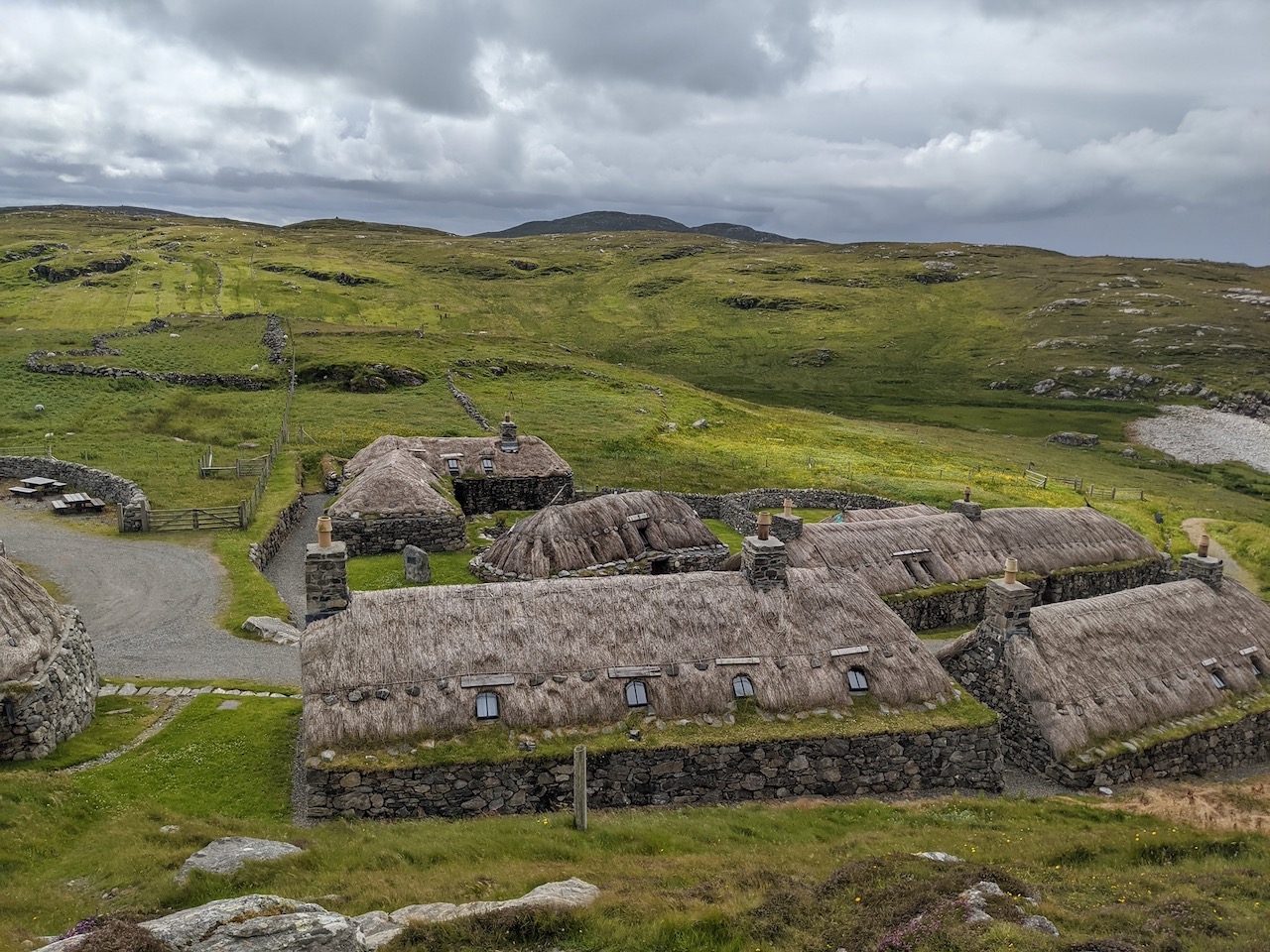
From Gearranan it was a march to Dail Mòr beach. Dail Mòr was where the group had planned to camp on the first night of the expedition. With the cliffs around the beach being so steep, there was a nice sheltered spot to pitch the tents.

The group chose to pitch their tents in a circle facing each other, so that they were able to have conversations whilst maintaining good physical distance from each other. Later on in the evening they had a fire on the beach, while the weather was still nice as the forecast was looking a bit wetter for the rest of the expedition.

When there aren’t any skewers on hand, long blades of maram grass seem to do the trick for toasting marshmallows?!
The weather was definitely wetter on the second day so the group didn’t take as many stops along the way. They were in Shawbost ready to set up camp by mid afternoon on Thursday.

The beach where they camped was more exposed than the previous evening, so they made a sensible decision to pitch behind some long grass which gave them a bit of a wind break. We were told by someone local to keep an ear out in the late evening/early morning as there were a family of otters that lived in the area. We didn’t see any but they were very noisy in the wee hours of Friday. The weather was a bit wild on Thursday evening so the group spent their time mostly inside their tents, but were able to cook their dinners outside when there was a break in the rain. There was plenty of time to chill out and enjoy the beach, with some of the young people taking evening strolls along the sand.
Friday morning was drier than the previous day so packing up and getting ready was pretty faff-free. The group were ready to finish the expedition and get home.
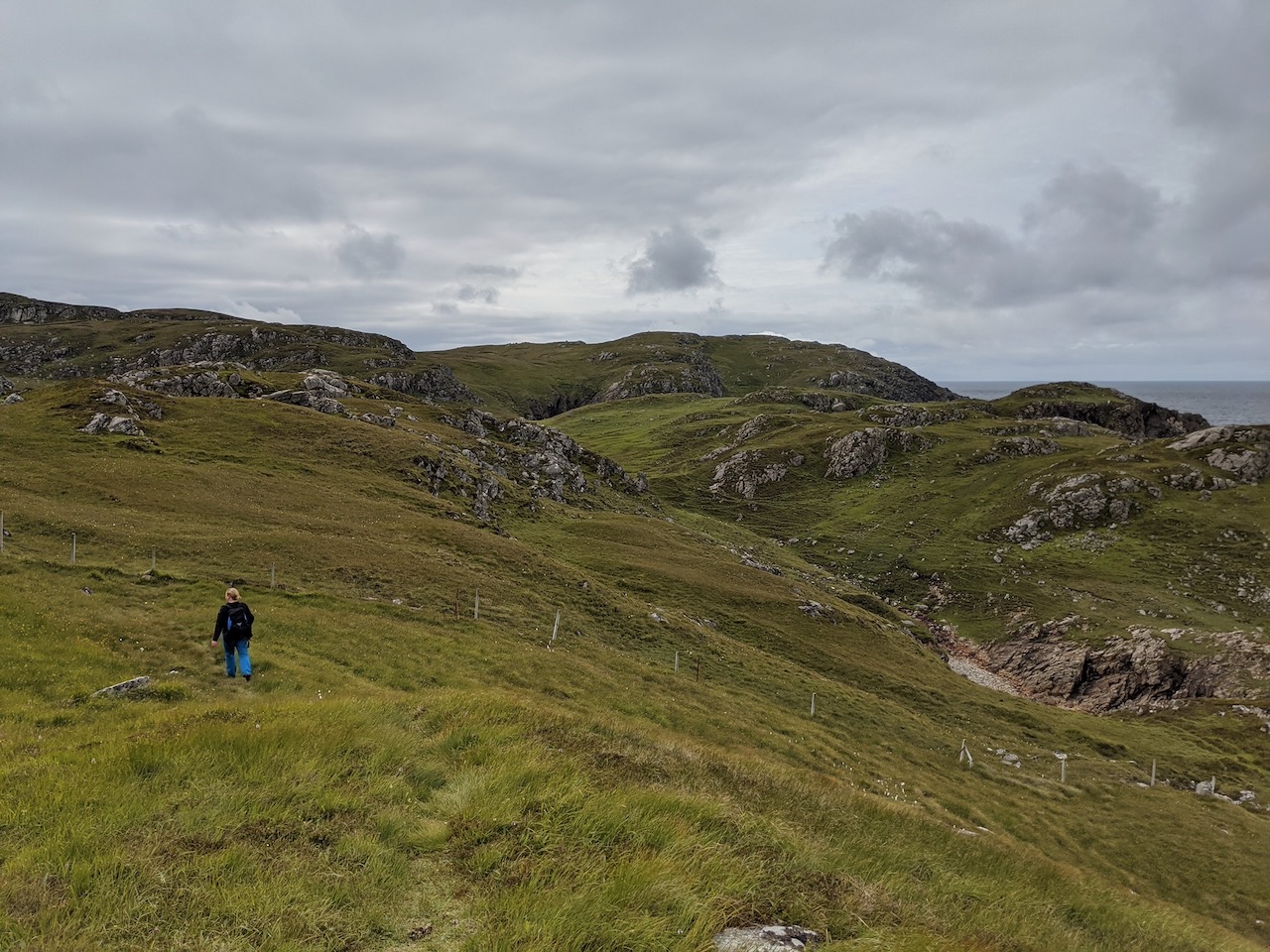
The third and final day was a walk from Shawbost beach round to Arnol Blackhouse, where they’d be picked up by their lifts home. The coast had flattened out so this was the easiest day of walking, which combined with the thought of a hot shower, kept group spirits up!
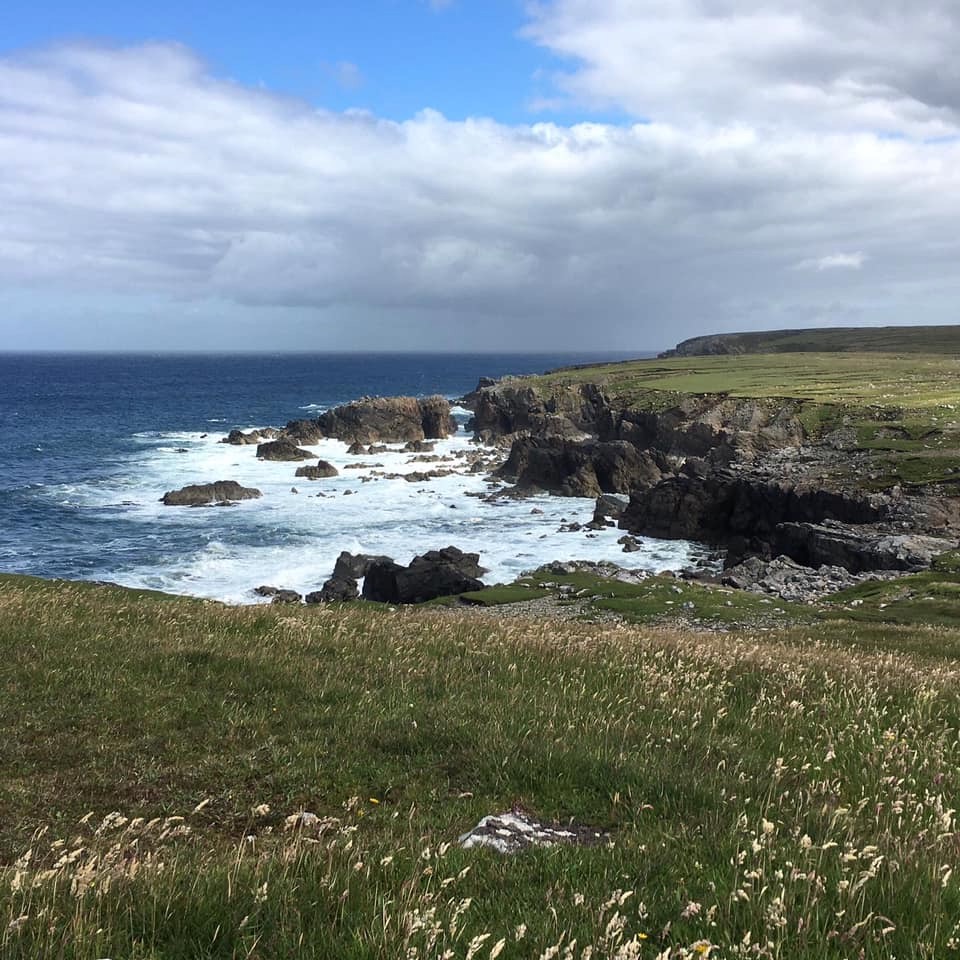
With views like this throughout the expedition, the walk up to the Arnol blackhouse was very scenic. Once they’d finally reached the last checkpoint, they all had lifts waiting for them. Each member of the group had someone who was able to come over and pick them up, which made social distance compliance easy from the start of the expedition to the finish. The route was challenging, especially after the many weeks of lockdown they’ve sat through. The group were excited to get out on an expedition and it felt relatively ‘normal’ despite the changes..
The key things learnt from the expedition were that with a small and competent group on their silver qualifying expedition, the measures to keep us all ‘covid-safe’ were fairly straightforward to implement. The expedition ran smoothly, and we were able to manage social distance and hygiene measures in a safe and positive way.
Following the success of this expedition, we’re looking forward to getting more of our other DofE groups out on expedition in the near future! We just need to figure out the logistics of group transport now, so we can take out young people who are not in the fortunate position of being able to access a parental taxi ride!

